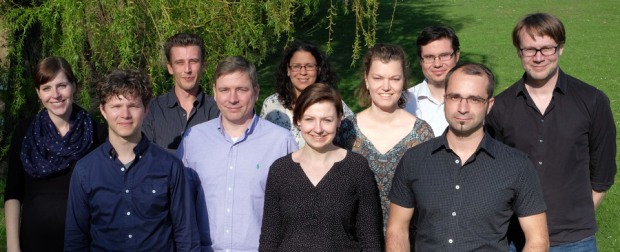…and the technical parameters of our sequencing run.
Last week we gave you a brief and general overview of the different technologies that are available if you want to sequence a genome. So, how did we end up selecting Illumina sequencing? Since we’re frequently asked about our choice of technology, this post is dedicated to this topic. We’ll also discuss some of the technical details of our sequencing run, so if you’re interested in these kinds of things, keep reading.

Questions about the LilBUBome sequencing technology during our Reddit AMA.
Basically, our choice was an absolutely pragmatic one: We wanted to maximize our chances of finding something. Now, in terms of sequencing probably any of the available technologies would have given us data, but choosing the right one can make a difference when it comes to analyze certain parts of the genome. We decided to work with a method that was well-established in the institute where Daniel and Darío work. Their institute has an excellent sequencing facility, which routinely does Illumina sequencing and lots of complicated analysis, and so we have relied on their help and expertise throughout the hands-on part of the LilBUBome. Hence, why we chose Illumina.
As an added bonus there have been some unexpected benefits:
- As you may know, we are doing the LilBUBome as a labour of love, in addition to our regular work. We did not expect, however, that collaborating scientists would do the same. But they did! So we would like to use this opportunity to thank the staff of the Max Planck Institute’s Sequencing Facility, who have generously donated their hands and minds to the LilBUBome, completely free of charge! You already know Norbert from previous posts (for example here and here), but the same acknowledgment can be extended to the whole team. You are great!!!
- After we had completed crowdfunding and were preparing for the actual sequencing, Illumina kindly offered to provide us with free reagents for the sequencing. After some hesitation, we decided to accept the offer. Primarily, because it allowed us to upgrade the technology* – we were able to sequence Lil BUBs genome in more depth and quality, thus increasing our chances of success. In addition, we could use a method and a machine that’s much faster than the one we originally wanted to use (20 hours compared to 11 days!!!). And finally, this also means that we can make your donations go even further, to fully verify our findings from the sequencing (stay tuned!) with additional experiments.
—————————————
* And finally, here – as promised – the Technical details (aka TechTalk):
Sample preparation kit: Truseq sample prep for Next Seq Version2. Version 2 gives slightly longer reads and the coverage is much more even than with Version 1.
DNA fragmentation: We used a Covaris machine, according to the standard protocol provided by Illumina. We made 2 libraries (300bp and 500bp length) and then ligated adaptors. After adaptor ligation (Adaptors were roughly 120bp each), the libraries were run on a gel and the bands (sized 400-500bp for the 300bp library and 600-700bp for the 500bp library) were excised from the gel.
Seq machine: NextSeq 500. (Before the Illumina donation we would have used the HiSeq 2500. The NextSeq gave longer reads, and also the sequencing protocol was much faster (20 hours on the NextSeq vs 10-11 days of the Hiseq))
Read lenght : 2x 150bp. (If we would have used the HiSeq, we would have sequenced 2x 125bp reads. The longer reads from the NextSeq don’t improve coverage (40X), but they do allow for better assembly. Better assembly is crucial to detect small rearrangements.)
Paired end: Yes

Every time I look at Lil’ Bub…my heart melts….
LikeLiked by 1 person